Jamavar (named after a Kashmiri shawl) is the flagship restaurant of the Leela Palace hotel in Bangalore. The restaurant is in two parts: one is a carpeted, air-conditioned room with a high ceiling and a view into the kitchen, while the other is in the open air under a tall canopy looking out over the extensive gardens of the hotel. Tables are large and well-spaced, with very comfortable chairs. The menu was lengthy, with a wide range of dishes from the regions of India. There were also three different tasting menus, priced at ₹4,000 (£43),₹4,500 (£48) and ₹5,000 (£54). In our stay at the hotel we ate four dinners, so had a chance to try quite a wide selection of dishes from the menu, as well as one or two specials. The executive chef since 2015 has been Zafar Ali, who previously cooked at a Leela hotel in Delhi.
There was a wine list, though due to high taxation of imported alcohol, India is not the best place to indulge in wine. The list, rather oddly, mostly omitted vintages, which was peculiar given that there were some quite ambitious labels on offer. If you are considering ordering a bottle of basic wine in from a country with a quite reliable climate such as Spain or Australia, then the vintages may not matter greatly. However, no-one in their right mind is going to order a bottle of expensive Burgundy or Bordeaux without knowing the vintage, since the quality (and retail price) can vary wildly from year to year. Examples on the list were Penfolds Koonunga Hill Chardonnay at ₹4,400 (£46) for a label that you will find for £14 in a UK high street, d’Arenberg The Laughing Magpie Shiraz at ₹8,300 (£87) compared to its UK retail price of £19, and Louis Roederer NV champagne at ₹16,700 (£176) for a bottle that will set you back £43 in a UK high street, on average. At the posh end of the list there was Sassicaia Tenuta Bolgheri 2013 at ₹58,500 (£671) compared to its UK shop price of £176, and Louis Roederer Cristal 2009 at ₹62,000 (£653) for a champagne that costs £196 in a UK shop. We stuck to beer.
Cauliflower florets were deep fried and retained their texture and flavour nicely through the cooking process (14/20). Tandoori paneer was good, the cheese having nice texture and having a hint of smoky flavour from the tandoor. This was served with slices of red and green peppers (14/20). Bhindi (okra) was fried and was unusually good. Okra very easily becomes soggy and slimy, and so frying is a logical way to cook it in order to counteract this. However, many restaurants julienne the okra so thin before frying that you can barely taste the vegetable itself. Here the bhindi was crisp and clean, with its excellent flavour coming through well (16/20).
Methi chicken was made using fresh fenugreek leaves rather than the dried or powdered form usually seen in the UK. This gave it a gentler flavour than I normally associate with fenugreek, which usually has quite a strong, distinctive taste that can easily dominate a dish. Here it nicely lifted the flavour of the tender pieces of chicken, without overpowering it (15/20). Kashmir is known for its morels, and here there were some excellent specimens cooked in a sauce with peas and spices. The mushrooms themselves had lovely flavour and stood up well to the spices, which in this case had quite a kick of chilli (16/20).
Naan bread was very good, supple and pliable (15/20), but I was particularly impressed by the romali roti, which a paper-thin bread that is tossed in the air before being briefly cooked and folded on a hot metal hemisphere. This bread can easily become hard and papery, but here was gorgeous, as light and soft as you could wish. I am very fond of romali roti but it is rare to find one a skilfully made as this (17/20). Kulfi malai was served at the perfect temperature and had excellent almond flavour (15/20) while gulab jaman had a pair of milk solid spheres that were suitably rich and syrupy (14/20).
At a second meal we started with macchi Amritsari, a Punjabi winter dish of pomfret (the dish can also be made using sole) fillet that had been coated in gram flour batter and marinated in spices before being fried. This was a simple but enjoyable preparation, the fish accurately cooked and having nicely absorbed the spices of the marinade, including garlic, ginger and a lively kick of red chilli (14/20).
Chicken biryani arrived in a pot whose lid was sealed with pastry to retain the aromas of the dish until the seal is cut through when served. The rice was wonderfully aromatic and carefully cooked, the chicken avoiding dryness and having good flavour. This was top notch biryani (16/20). Also impressive was a side dish of spinach, whose flavour was superb, the spinach being delicately cooked and having excellent texture. Spinach is a tricky vegetable to prepare and can so easily end up watery, but here the balance and texture was spot on (16/20). Jeera aloo had cubes of potato that had been tossed in cumin, green chilli and ginger before being cooked, and again here the treatment of the dish was very precise. The potatoes were cooked through but still retained just enough texture, having nicely absorbed the flavour of the cumin (15/20). The romali roti was again superb.
At a third meal, aloo papdi chaat comprised cubes of potatoes with pieces of crisp poori and tamarind chutney as well as coriander mint chutney. This was very enjoyable, the tamarind bringing its sweetness to the dish, the potatoes having good texture (14/20). Vegetarian kebabs had quite a lot of chilli kick and would have been a little dry on their own, but the mint chutney with them was a nice complement (14/20). Kingfish curry was very good, the curry sauce made with shallots, ginger, green chilli and a spice called kodampuli (aka Malabar tamarind), which adds a touch of sourness. The masala was well balanced and the kingfish had good texture and plenty of flavour (15/20).
Murgh Alamgir is a chicken curry named after a 17th century Mughal emperor. It has boneless cubes of chicken cooked with a sauce involving red chilli, ginger and tomato purée. This was rich and comforting, with a nice note of ginger and enough chilli to enliven the dish without dominating it (15/20). Romali roti was as good as before, and a garlic naan also had good texture.
Given enough notice, the kitchen was happy to prepare pretty much any dish that you desire. I asked for sorpotel, a Goan pork dish that is usually served a festivals. It is a rich concoction involving pork and pork offal, in a spicy sauce that is laced with red chillis and given sharpness by the addition of vinegar. This was nicely presented and had plenty of depth of flavour, the level of chilli and vinegar rather subtler than in some versions that I have eaten (15/20). Another dish that we tried was tiger prawn tandoori, which was a little less good than the Malabar prawns, with the prawns having good flavour from the marinade but being cooked fractionally long (13/20). Malabar paratha was another exceptional bread, light and delicate with no hint of greasiness (16/20)
The bill for one of the dinners, which was typical of the meals that we had, was ₹700 (£74) including plenty of beer, and for more food than we could finish. If you ordered more carefully then you could easily eat for less. Service was friendly and generally quite attentive. Overall Jamavar is an excellent restaurant, with the standard consistently high over several meals. The vegetable dishes in particular were excellent, the spinach and dhal being good examples, and the breads were lovely.
Further reviews: 25th Jan 2012


















































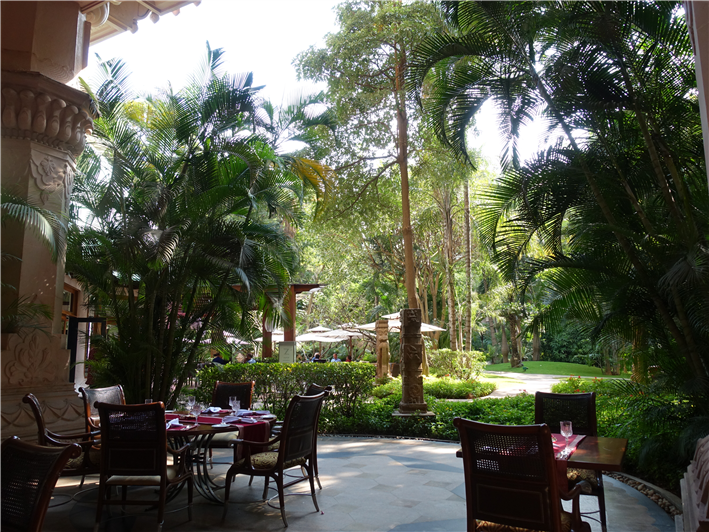

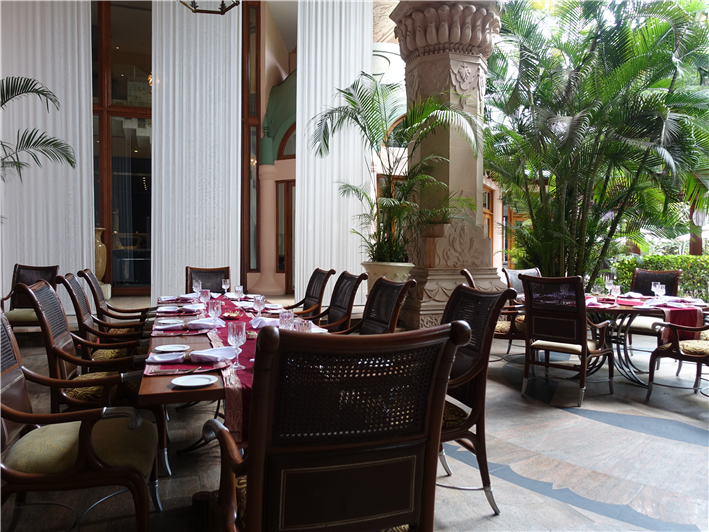
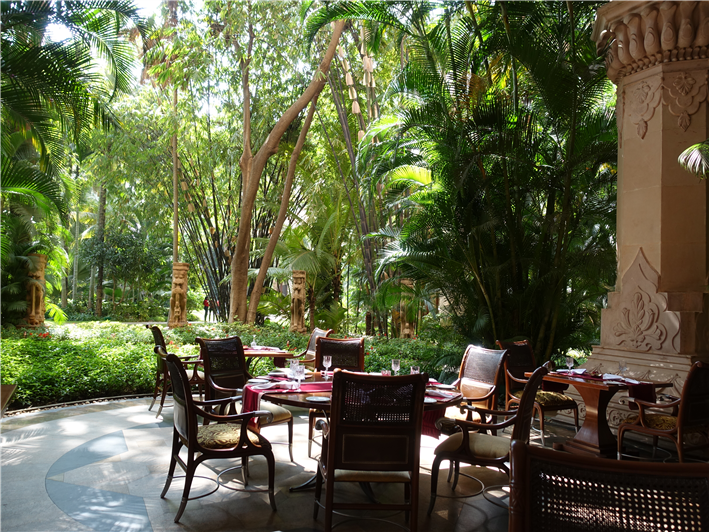
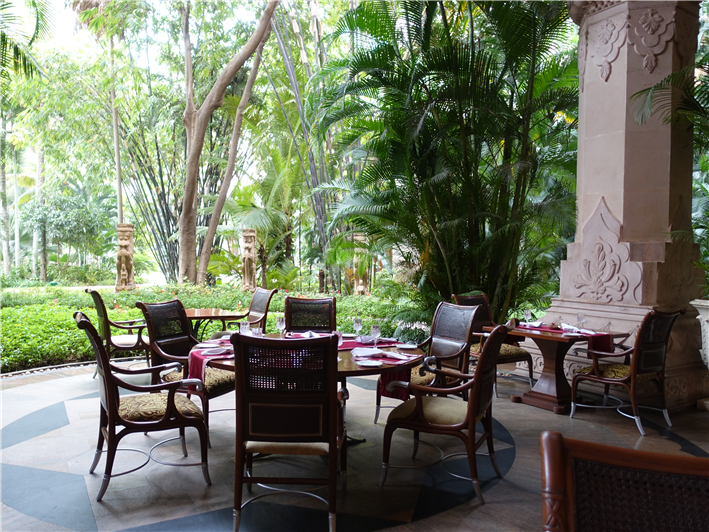
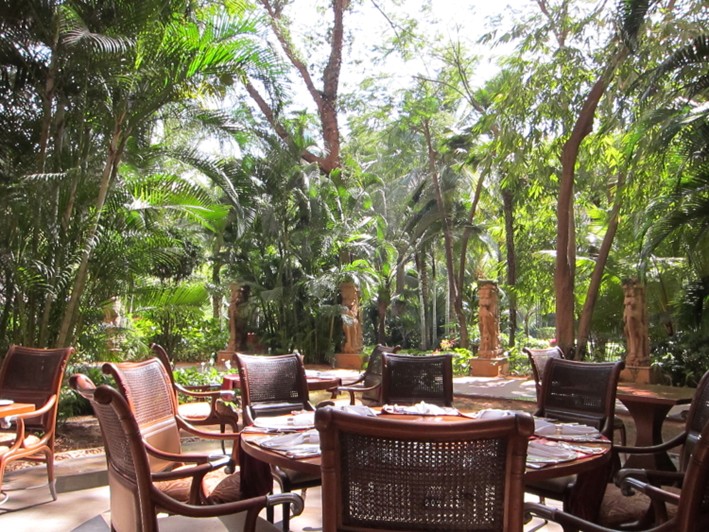
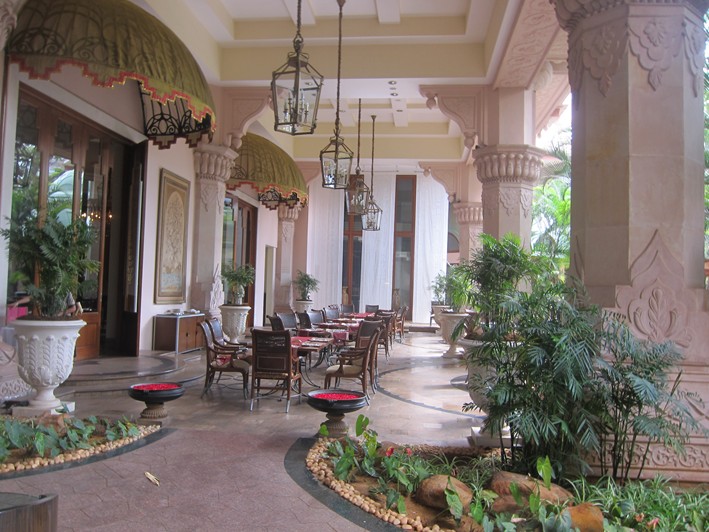

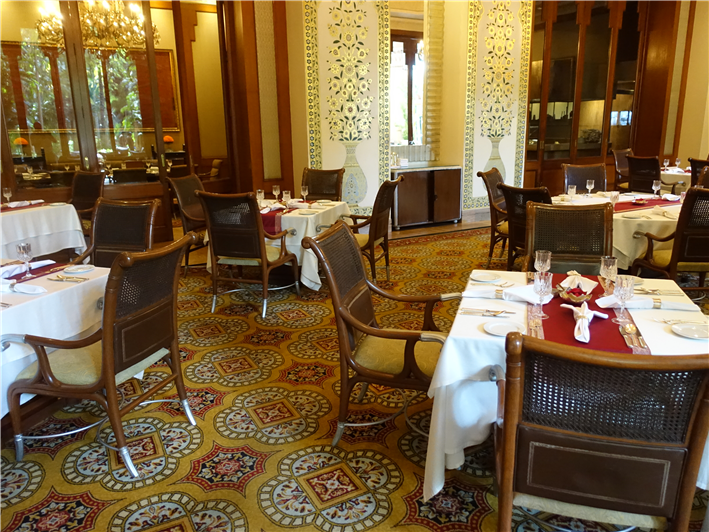
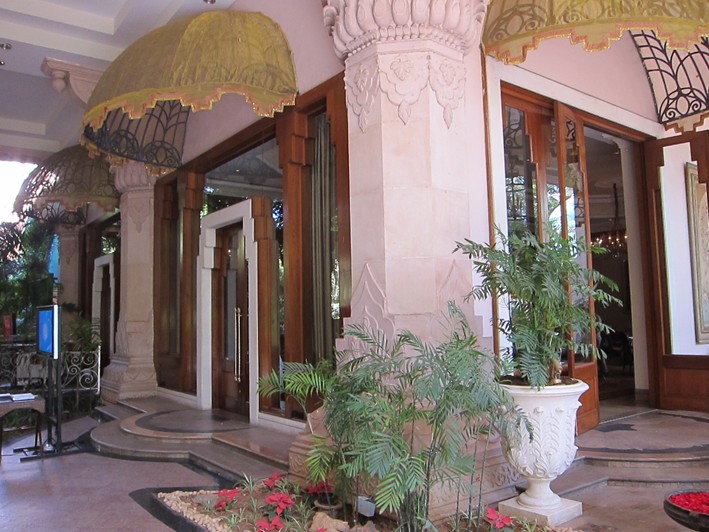


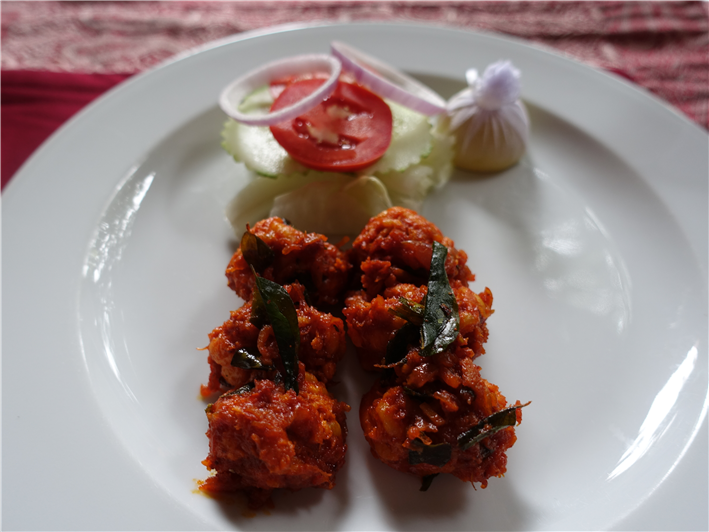
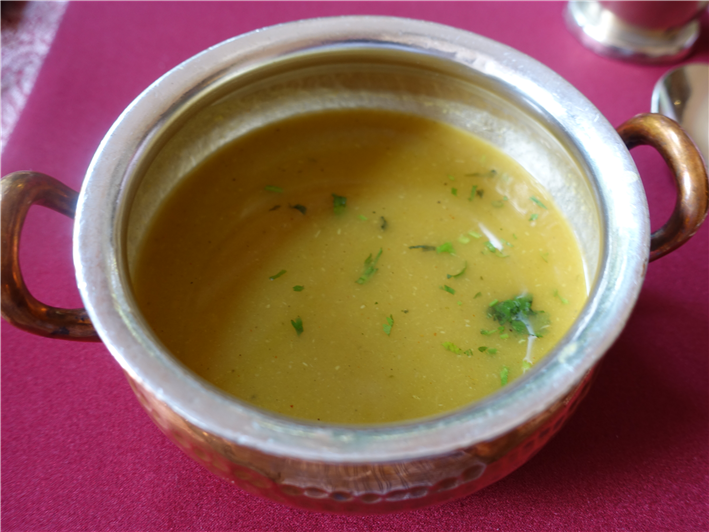

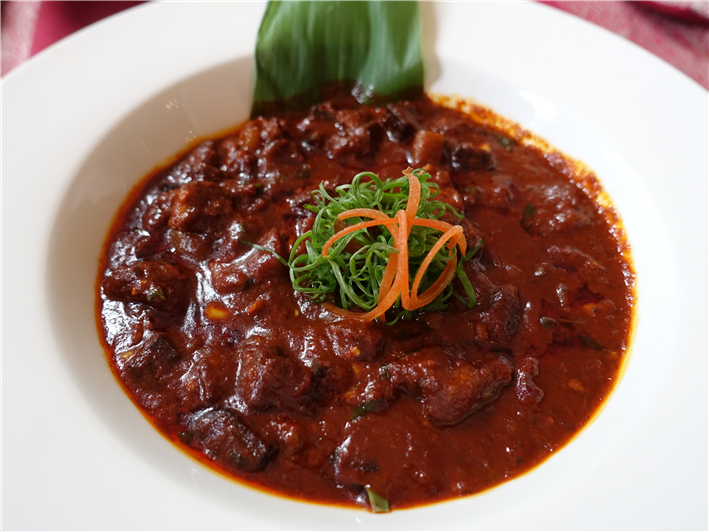
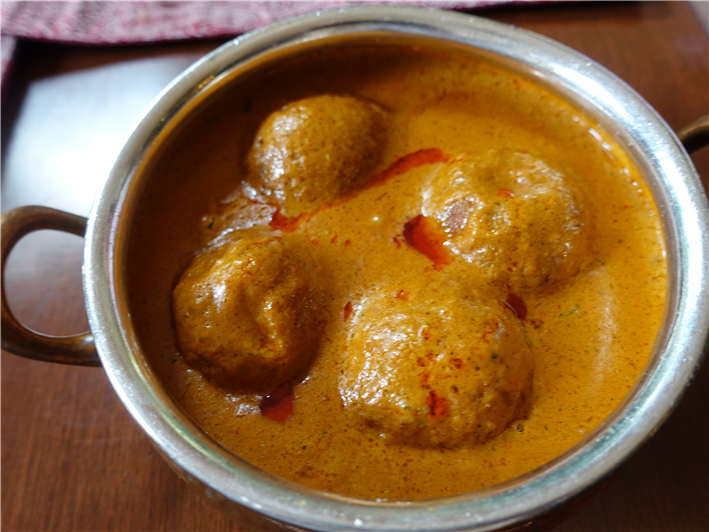

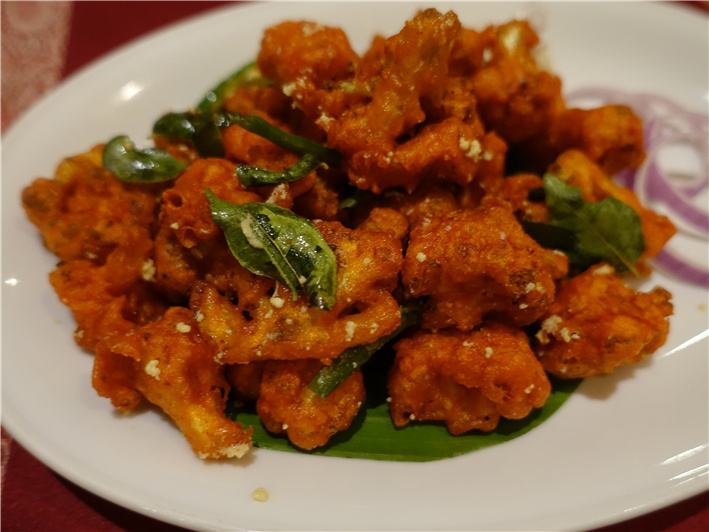
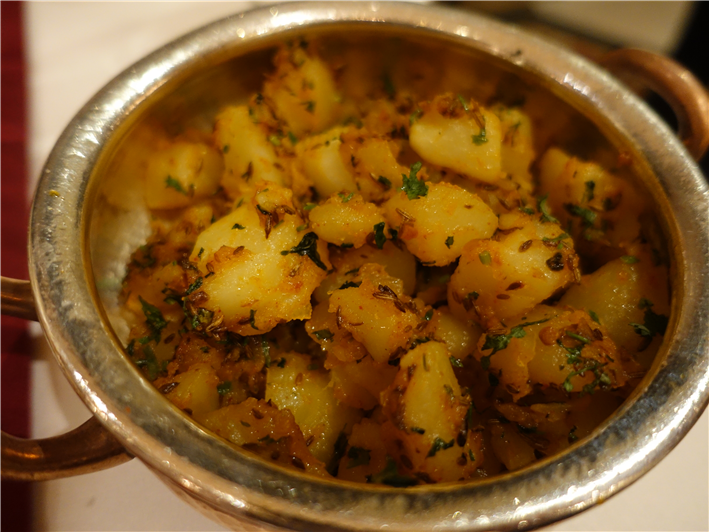
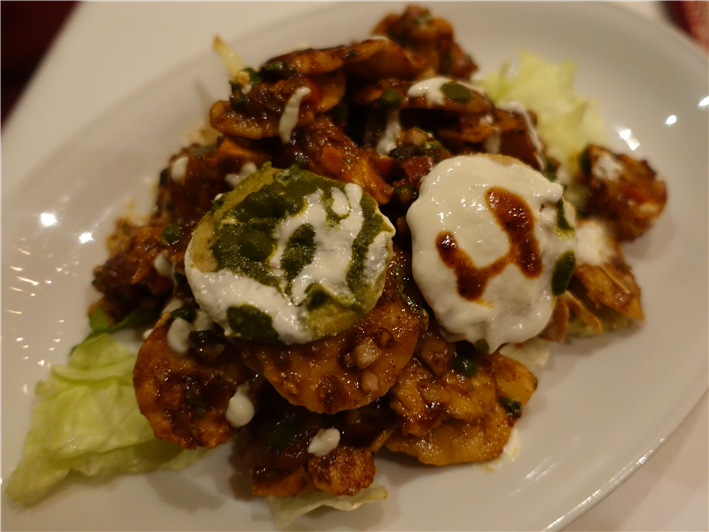
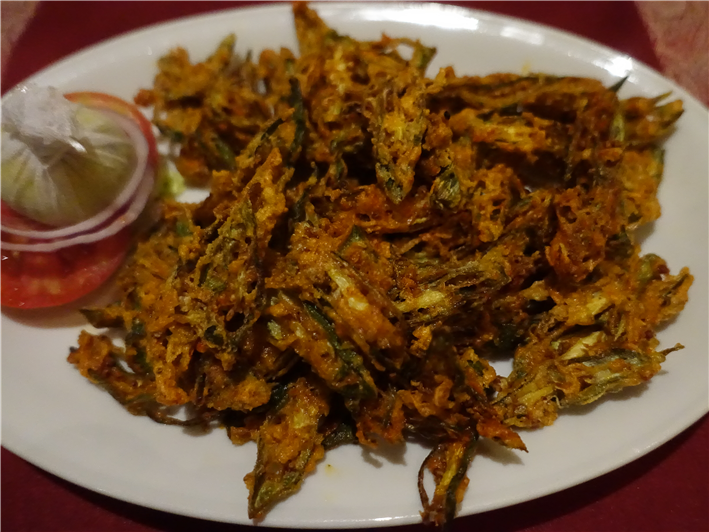


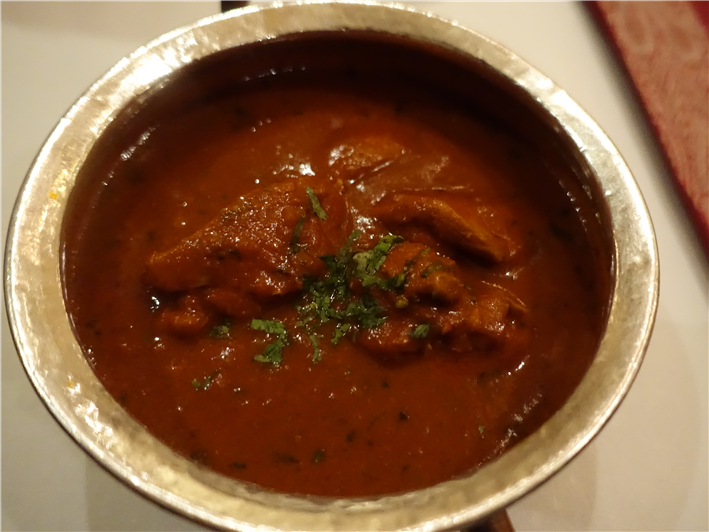
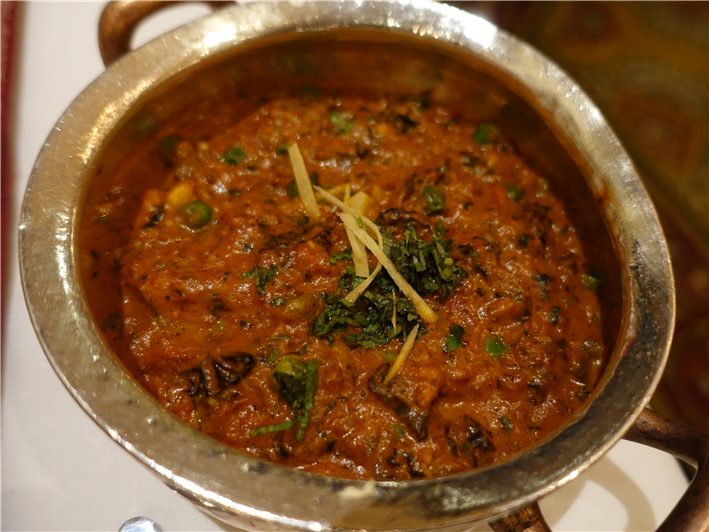
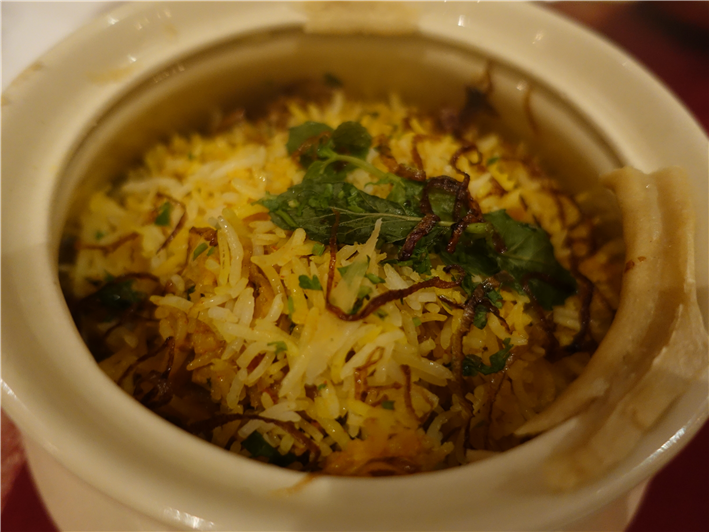
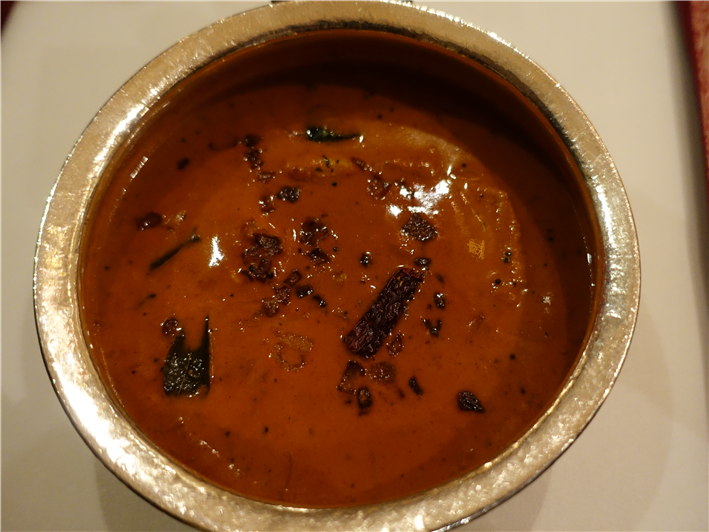
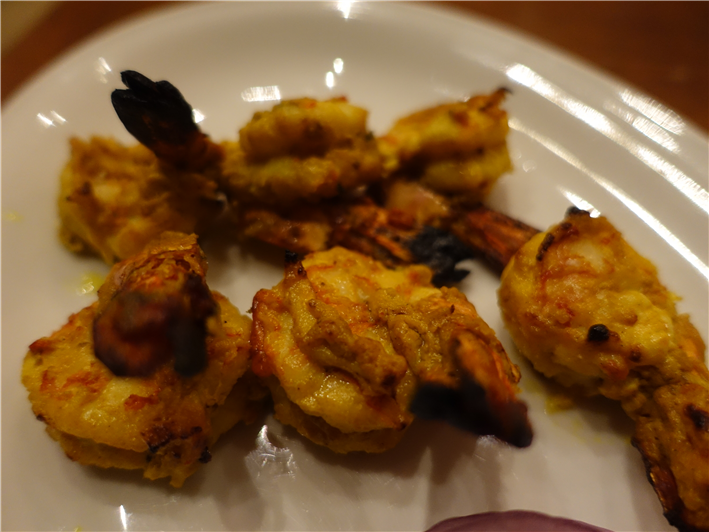
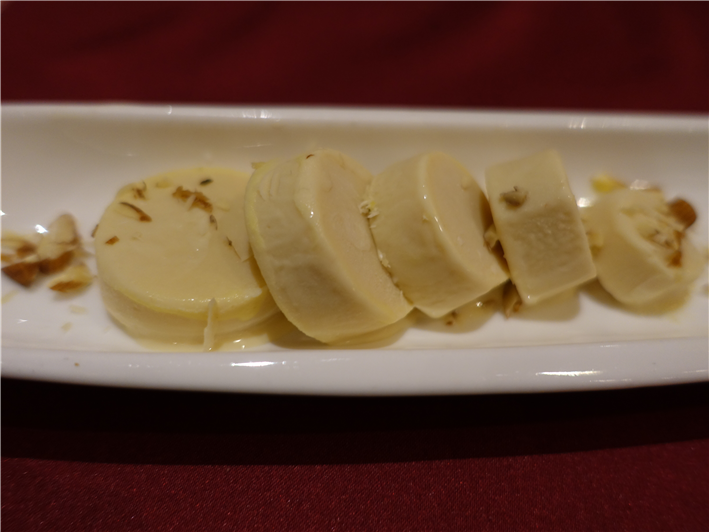
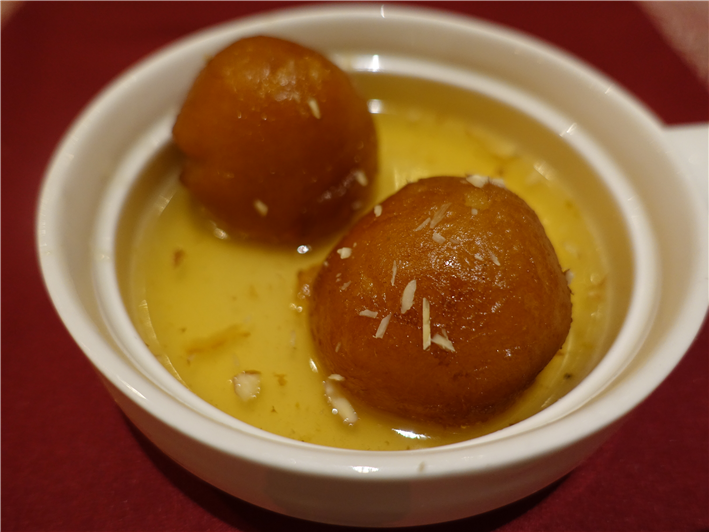
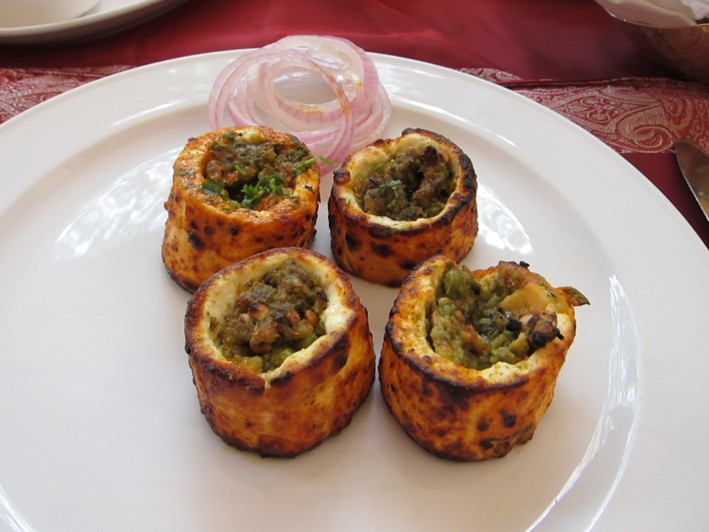
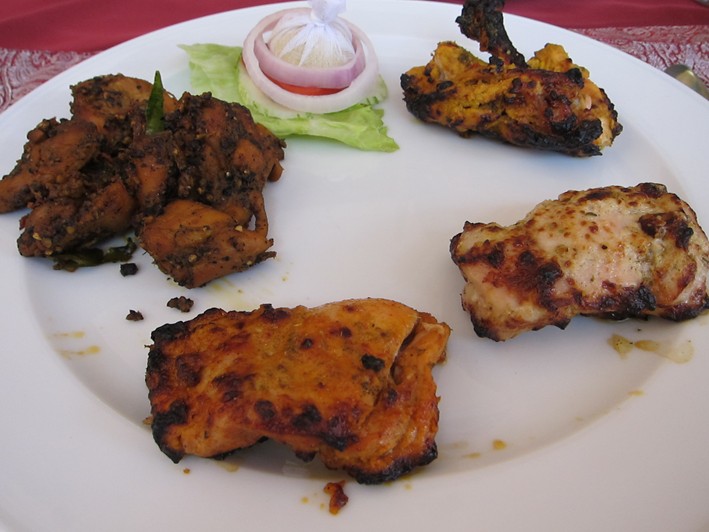
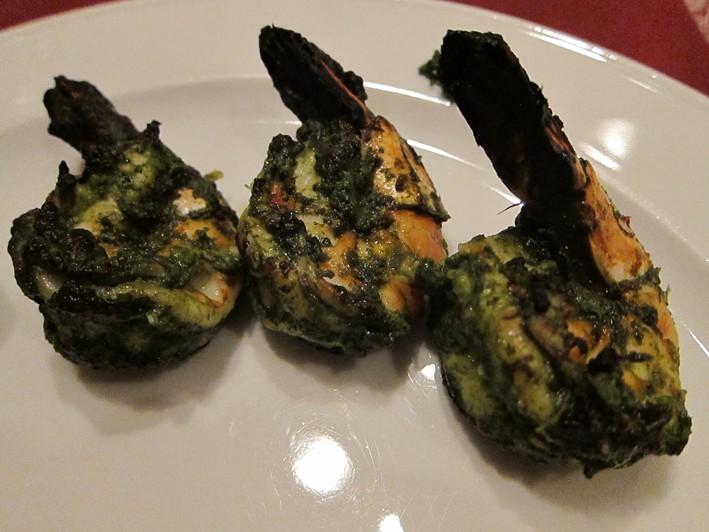
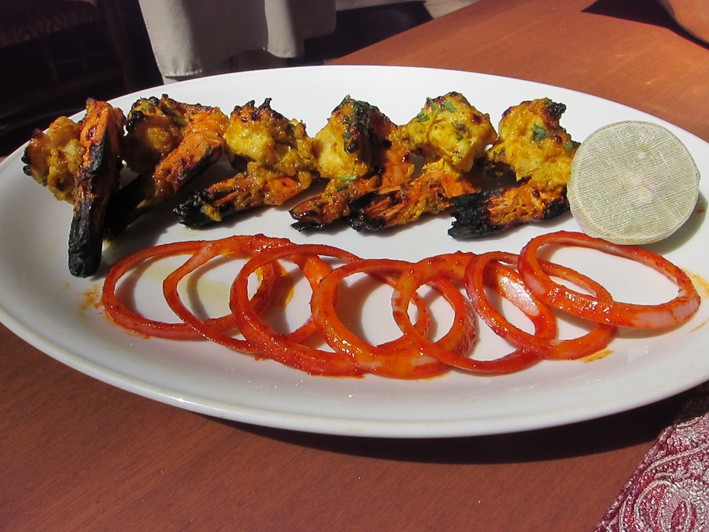

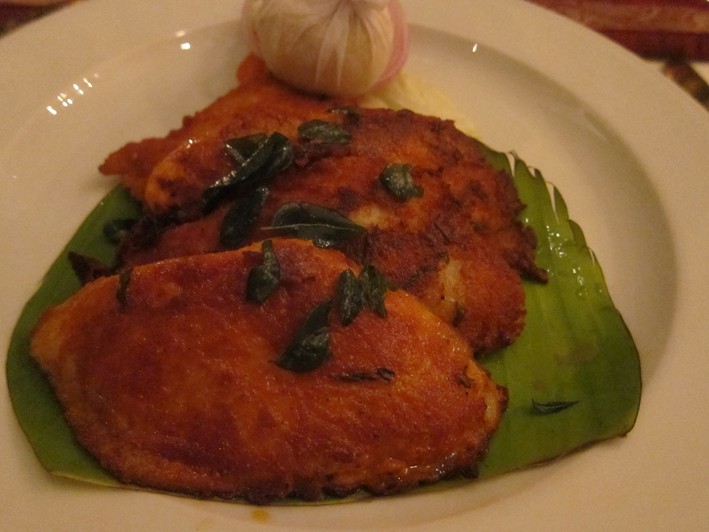
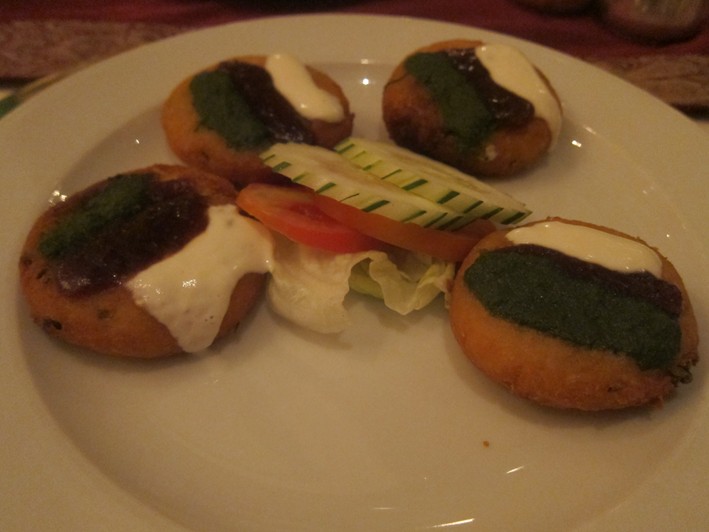
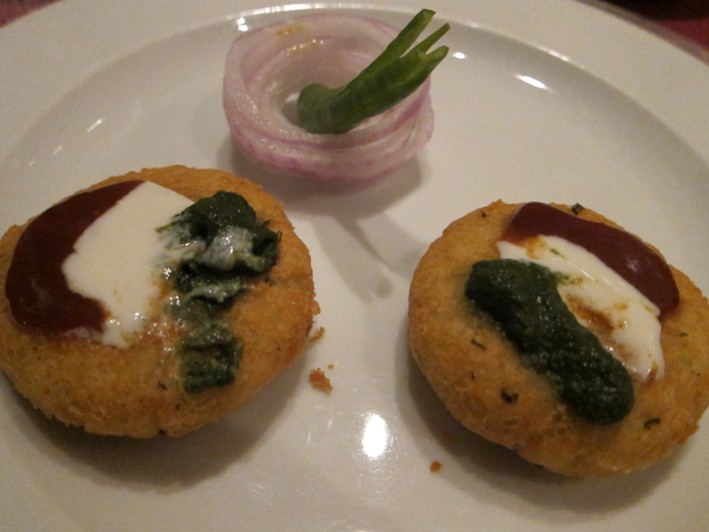

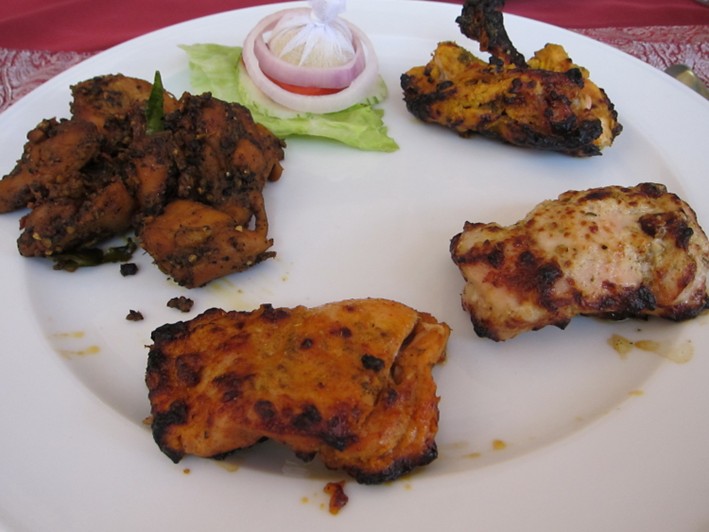
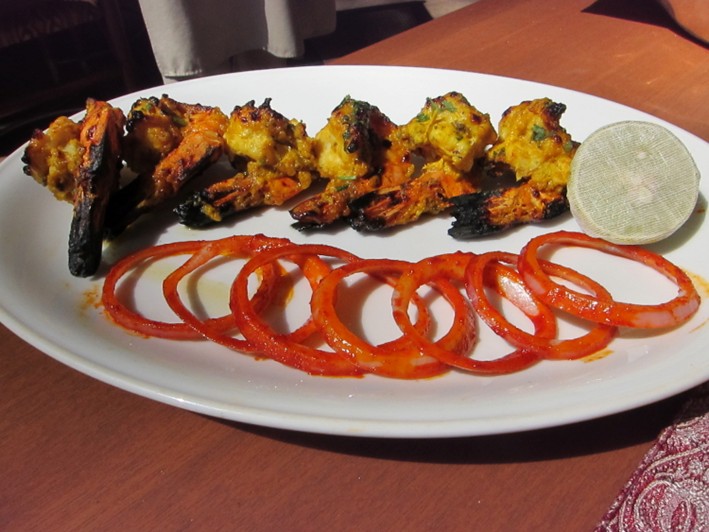


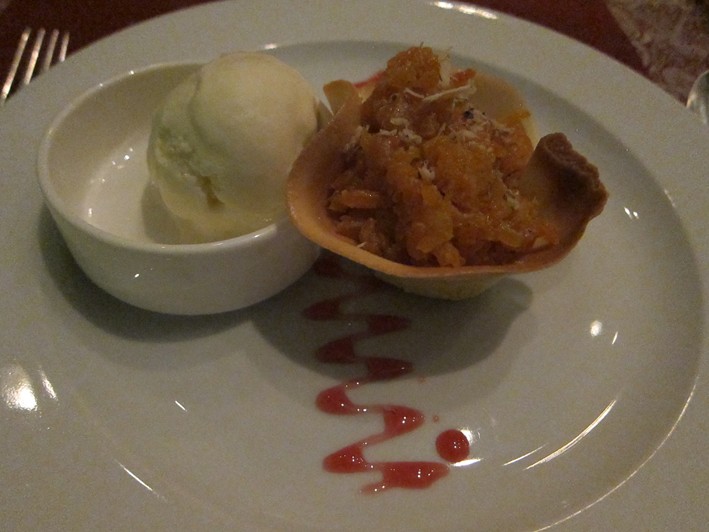
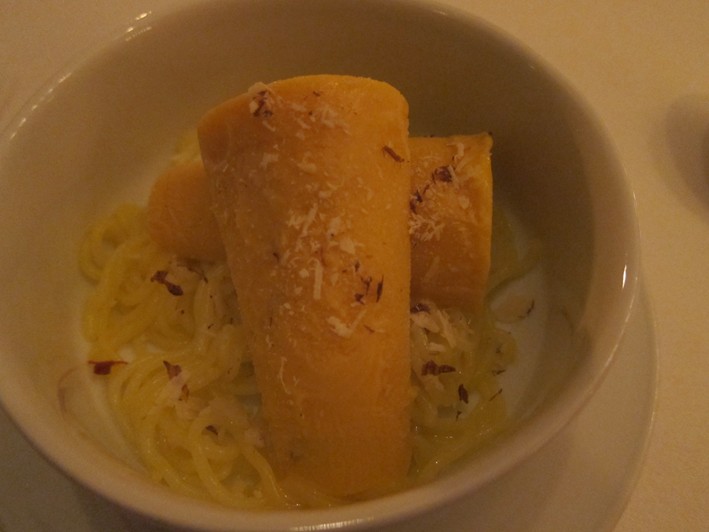

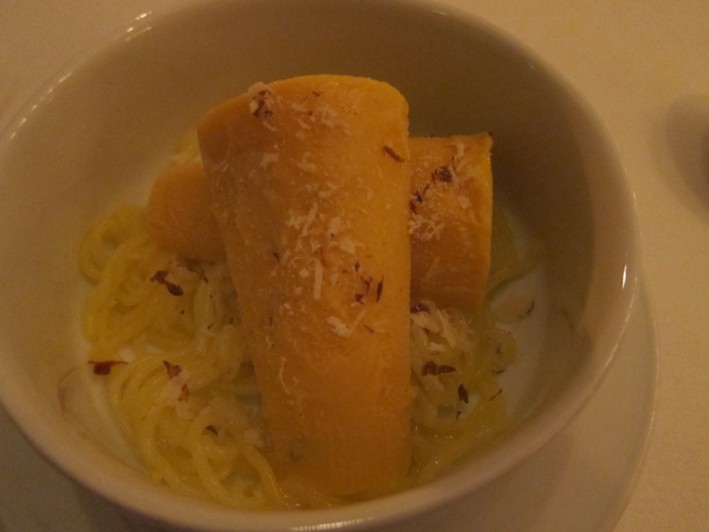
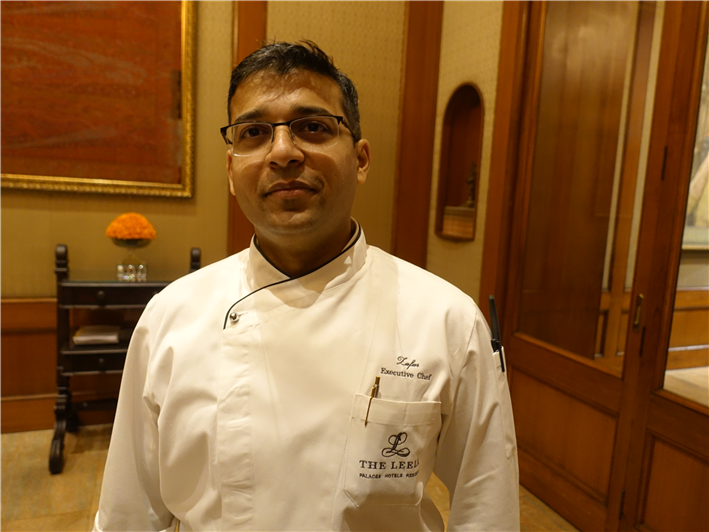

Ian Goldstein
I’m salivating over these Bangalore descriptive meals!